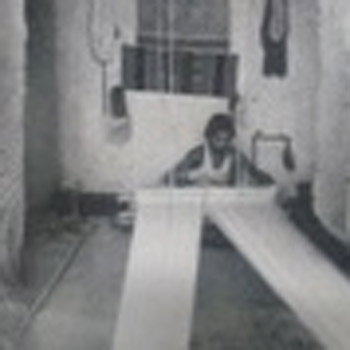|
This paper discusses the jajmani system, the centuries-old system in which manufacturing activity in rural India was done exclusively by hereditary artisanal castes bound to the dominant agricultural castes by traditional ties. It also explores the changes and adaptations this system has undergone in more contemporary and 'non-traditional' contexts, especially involving monetisation. According to the SRUTI survey, 'a watered-down version of the jajmani system still exists.' For centuries, manufacturing activity in rural India has been done exclusively by hereditary artisanal castes bound to the dominant agricultural castes by traditional ties. Known as the jajmani system, this reciprocal arrangement existed through the sub-continent, through it was more clearly articulated in some areas such as Maharashtra than in others, such as Bengal. An important economic rationale for the prevalence of the jajmani system seems to have been the security it provided during times of scarcity, especially the recurrent famines: "those who, like the weavers in the Surat area during the 1630's famine, left the relatively secure shelter of the rural community to produce more gainfully for the market, were among the first to die of starvation whenever food became scarce." The jajmani was fairly flexible, in that it combined features of subsistence and commodity production. Based on studies of nineteenth century Maharashtra and Gujarat, scholars "came to the conclusion that in t... |
This is a preview. To access all the essays on the Global InCH Journal a modest subscription cost is being levied to cover costs of hosting, editing, peer reviewing etc. To subscribe, Click Here.




